The Atlantic halibut, one of the largest and longest-living flatfish, is a fascinating species found in the deep waters of the North Atlantic. Known for its impressive size and solitary nature, this fish is a prized catch and a vital part of marine ecosystems.
Basic Info
- Common Name: Atlantic Halibut
- Scientific Name: Hippoglossus hippoglossus
- Group Name: Flatfish
- Average Life Span In The Wild: Up to 50 years
- Size: Can grow up to 9 feet long
- Weight: Can weigh up to 800 pounds
Behavior
Atlantic halibut are solitary creatures, typically found swimming close to the ocean floor in deep waters ranging from 200 to 6,000 feet (60 to 1,800 meters). They are ambush predators, relying on their flat, camouflaged bodies to blend into the seafloor as they wait for prey, which primarily consists of other fish and invertebrates. Their diet includes a variety of species such as cod, haddock, and herring.These fish are also known for their long migrations, often moving between shallow and deep waters depending on the season. In the warmer months, they are found in shallower waters to feed, while in the winter, they migrate to deeper, colder waters.
How to Identify
Identifying an Atlantic halibut is relatively straightforward due to its distinctive physical characteristics:
- Body Shape: The Atlantic halibut has a flat, diamond-shaped body typical of flatfish, with both eyes located on the right side of its body. The side with the eyes is typically dark brown or black, allowing it to blend seamlessly with the ocean floor, while the underside is a pale, almost white color.
- Size: As mentioned earlier, these fish can grow to impressive sizes, making size a key identifier when differentiating them from other flatfish species.
- Coloration: Their dark, mottled upper side provides effective camouflage against the seafloor. The Atlantic halibut’s color can vary slightly depending on its environment, ranging from dark brown to blackish, with occasional hints of olive or gray.
- Mouth and Teeth: They possess a large, gaping mouth with sharp teeth, which are well-adapted for catching and consuming large prey. The mouth is distinctly asymmetrical, aligning with the fish’s body shape.
- Fins: Atlantic halibut have long, continuous dorsal and anal fins that run along the length of their body, tapering off towards the tail. These fins are pale in color, often with a slight tint that matches the fish’s upper body.
In conclusion, the Atlantic halibut is a fascinating and formidable species. Its impressive size, unique adaptations, and solitary nature make it a subject of interest for both fishermen and those fascinated by marine life. By understanding how to identify these remarkable fish, enthusiasts can better appreciate the role they play in the ocean’s ecosystem.
Some pictures of Atlantic Halibut
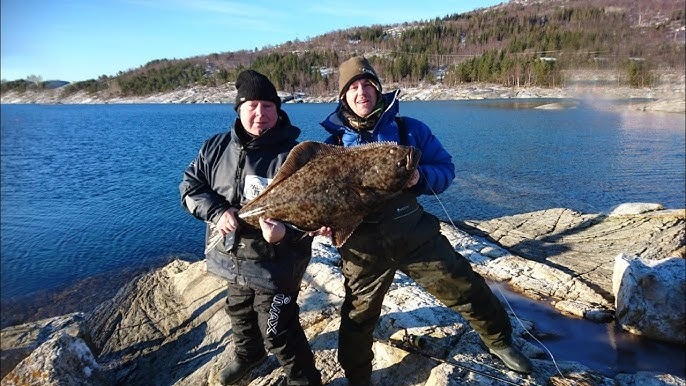

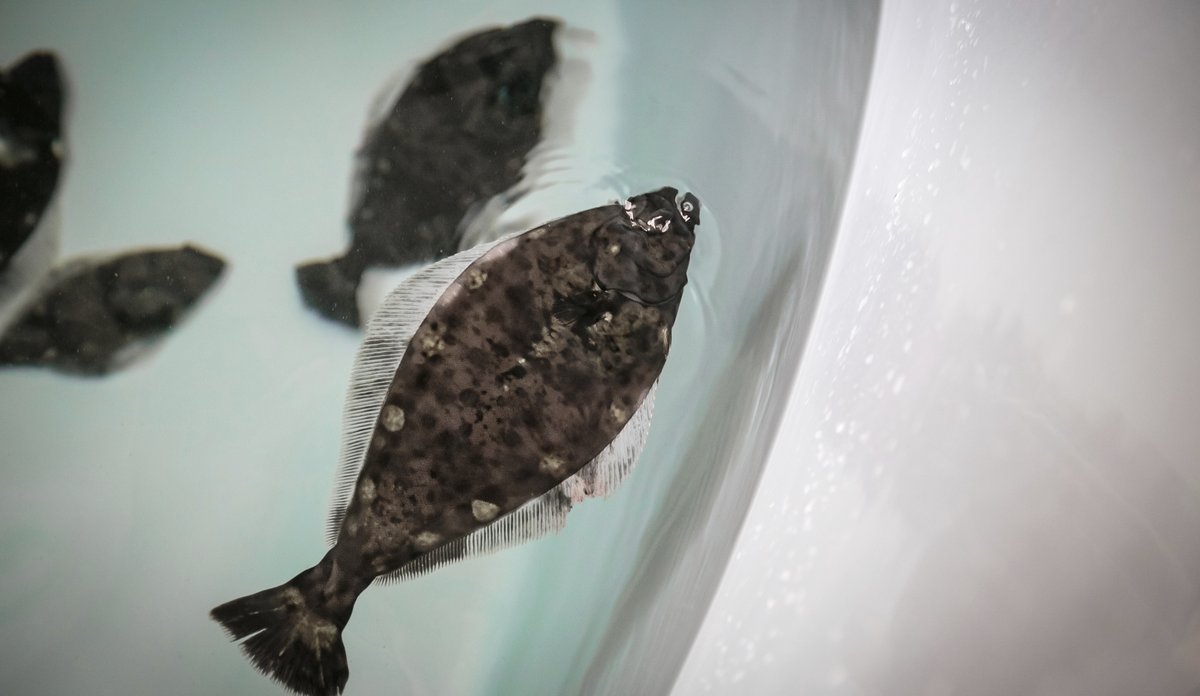
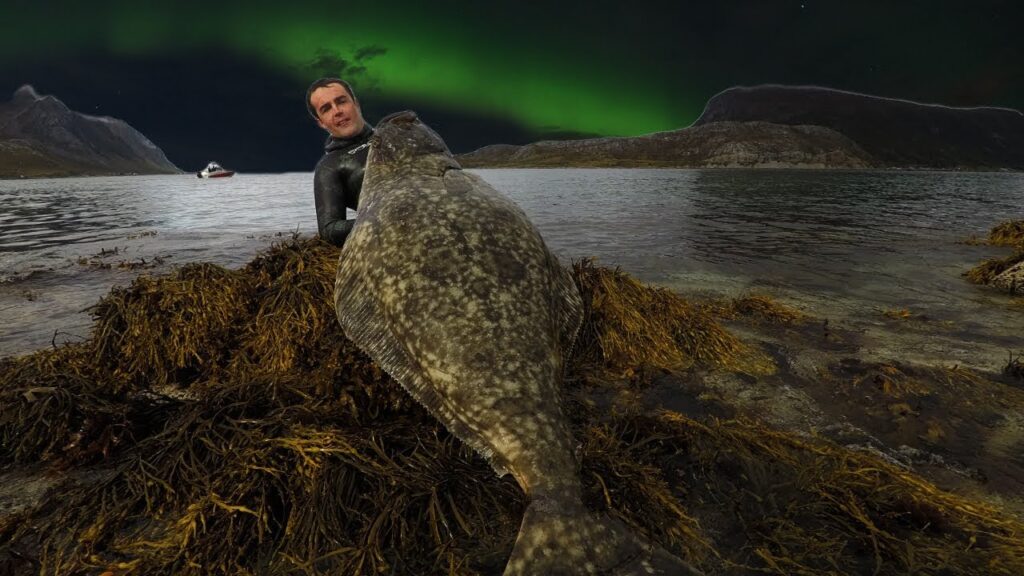
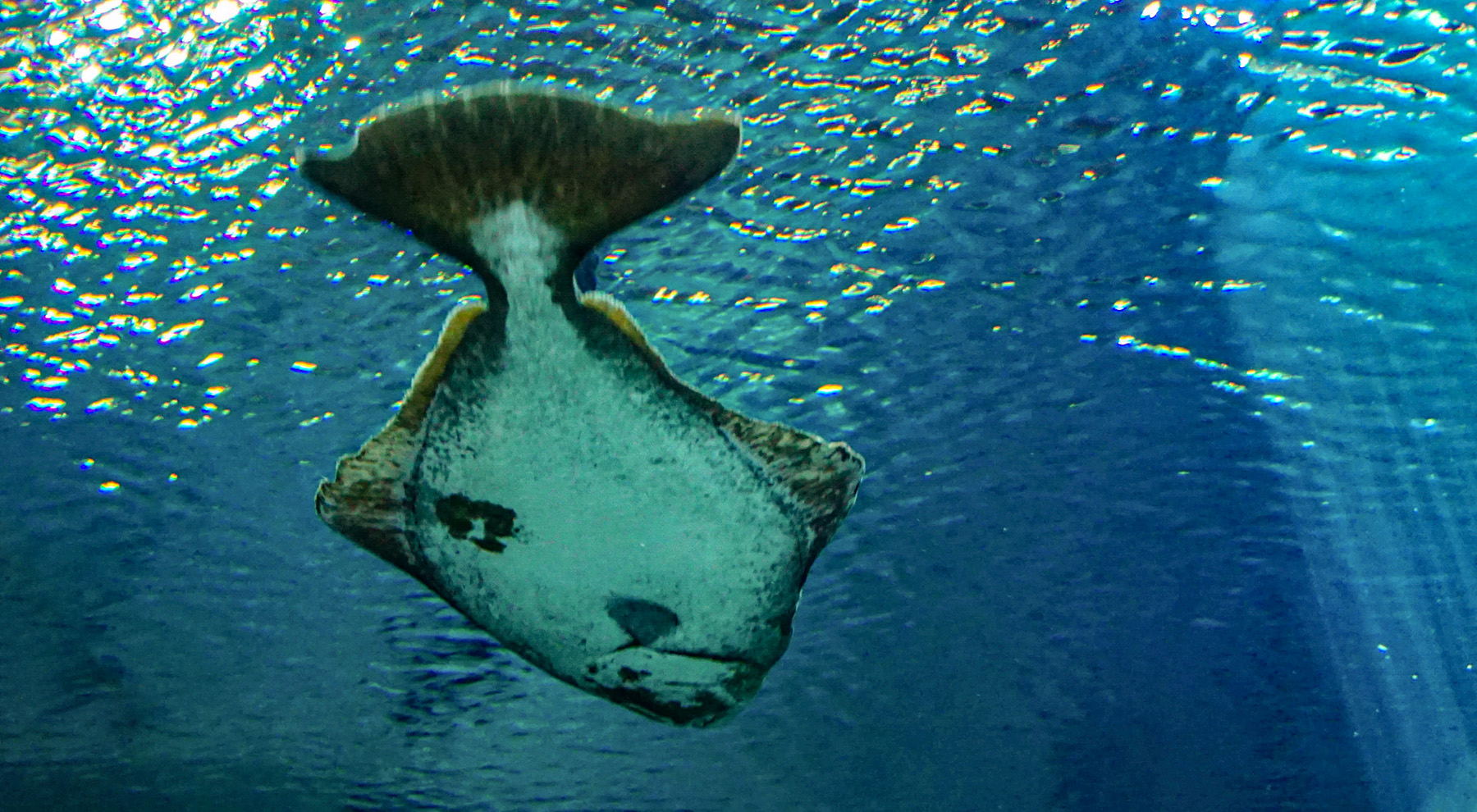
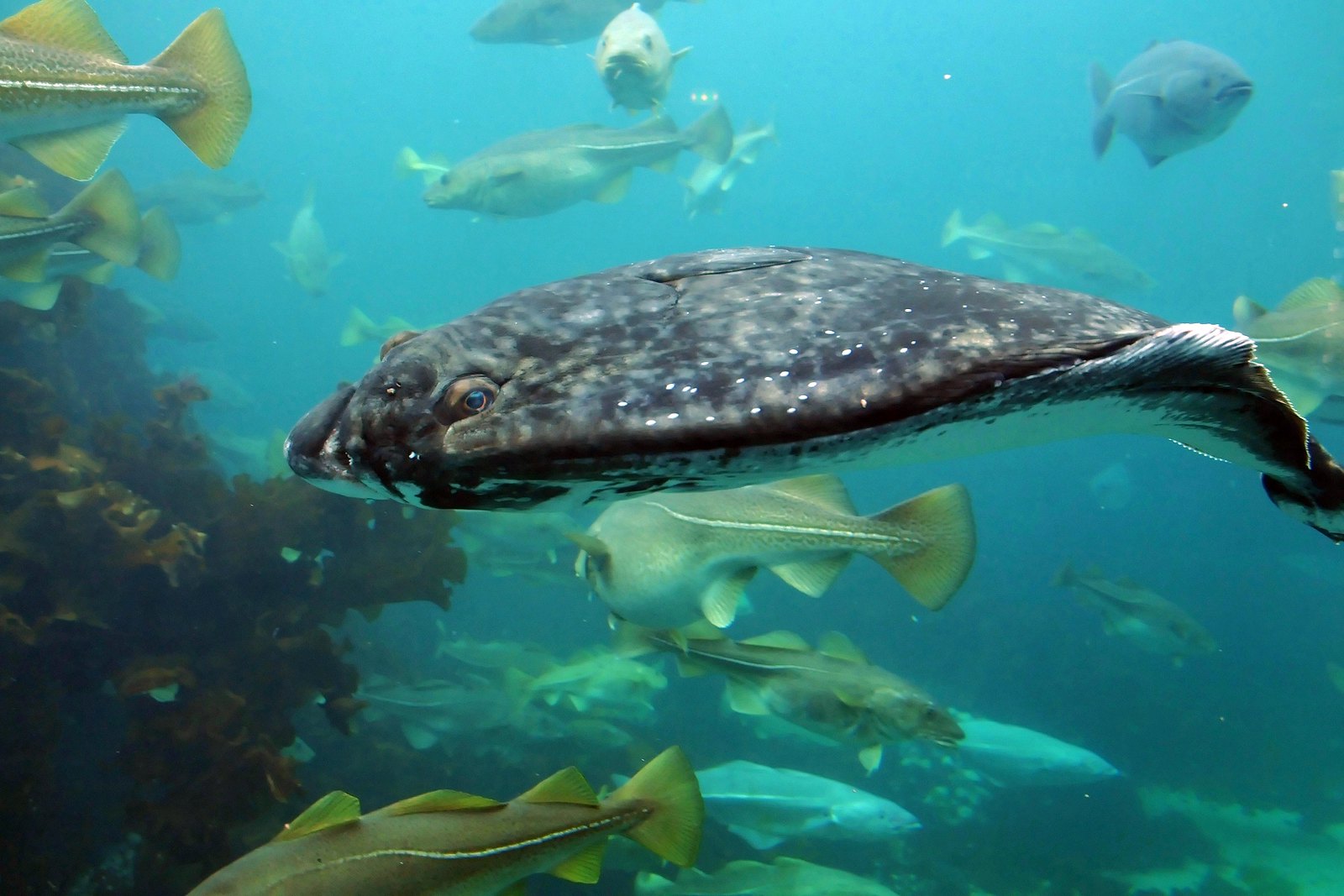
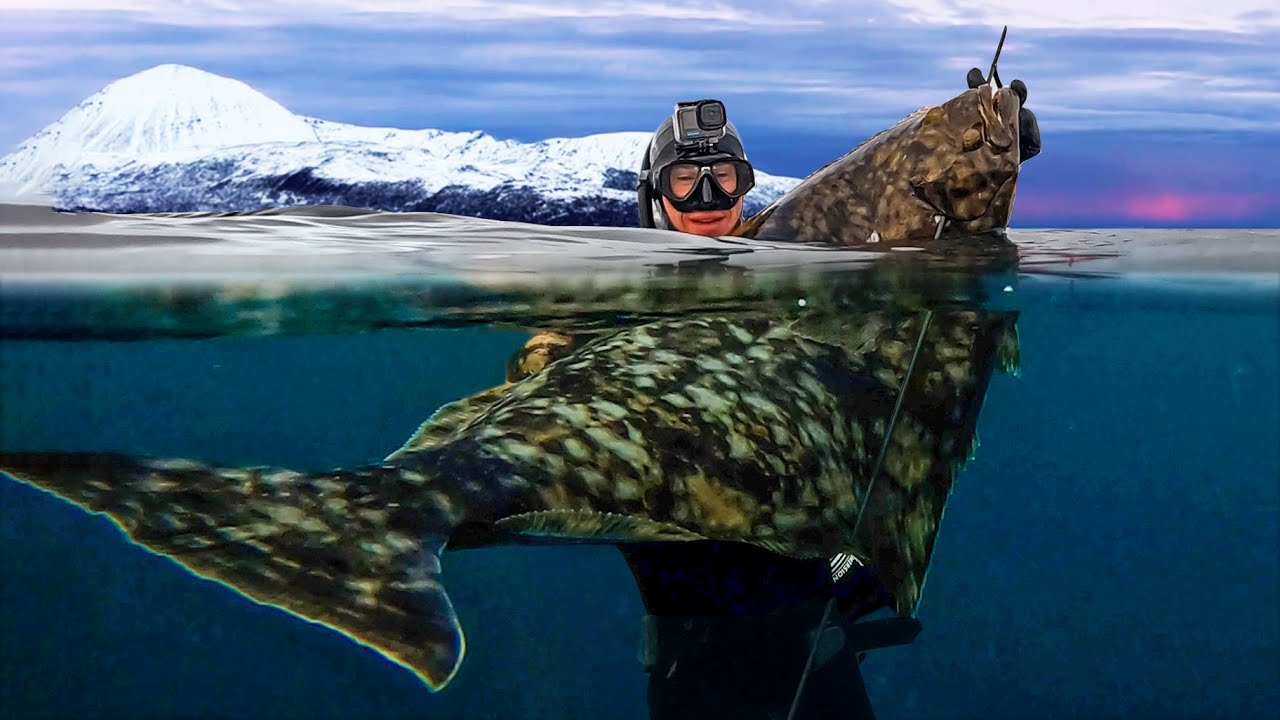



Robert Smith is the proud owner of Bait Barrels and Bows, a premier fishing sports store established in 1989. With over three decades of experience in the industry, Robert has honed his skills to become an expert angler, sharing his vast knowledge and passion for fishing with enthusiasts around the world. Through his store and writings, Robert provides invaluable tips and guidance, helping both novice and seasoned anglers improve their techniques and enjoy the sport to its fullest. His commitment to the fishing community is evident in his dedication to quality products and excellent customer service.

